**** Warning – this post contains some graphic photos and disturbing text. It’s an incredibly important history lesson but be warned, the story isn’t pretty ***
Cambodia, a country that touched my heart for many reasons. Much of our time in the country was spent feeling disturbed but the history and modern reality of this little country in SE Asia is an important lesson to all of us about how power can corrupt with terrifying results. In other posts I’ll cover the good of the country, the gorgeous beaches, friendly people and, of course, the awe-inspiring temples of Angkor Wat but this is about the horror that was the Pol Pot Regime and the destruction it brought to the country over three short years.
Pol Pot was a Cambodian Maoist Revolutionary who led the Khmer Rouge from 1963 until his death in 1998. He became the dictator of Cambodia in 1975 and imposed agrarian socialism on the urban residents, clearing cities and forcing the residents to begin working on collective farms and forced labor projects. He targeted everyone with a higher education, teachers, doctors and business owners. The combined effects of forced labor, malnutrition, poor medical care, and executions resulted in the deaths of approximately 21 percent of the Cambodian population. In all, an estimated 1 to 3 million people (out of a population of slightly over 8 million) died as a result of the policies of his three-year premiership.
A large part of Pol Pot’s regime of terror was focused on forced “confessions”. Chao Ponhea Yat High School became the infamous Security Prison 21 (S-21). Rooms were partitioned off into small individual prison cells, barbed wire lined the rooms and exterior walls, and several classrooms were made into torture chambers. From 1975-199 approximately 20,000 prisoners were interrogated here, tortured until they named close friends or family who, in turn, were arrested and tortured and killed.
The school has since been turned into the Tuol Sleng Genocide Museum. Walking from room to room all of my senses were assaulted by what had gone on around me. The torture rooms have been left nearly as they’d been found, with the instruments of torture, manacles and bare bed springs still in place. On the wall of each room is a picture of the person who was found in that room.
As disturbing as the torture rooms were, what really affected me was the rooms filled with panels of pictures. You see, Pol Pot was similar to the Natzi’s in that he documented extensively so each person, man, woman, child brought into the prison had their photo taken upon arrival. The faces of these innocent victims have now haunted my dreams for the last several years. The pleading eyes of one young girl, in particular, wakes me regularly.
Outside of Phnom Penh is the commemorative stupa at Choueng Ek, filled with the skulls of thousands of the victims of the Killing Fields. Over 20,000 mass graves are spread over the Cambodian countryside containing the bodies of over 1.3 million victims. It is now a Buddhist shrine and walking the fields, over the bodies of those lost, is a sobering experience.
The Pol Pot regime was removed from power by the Vietnamese in 1979 but the UN and US backed interests refused to allow Vietnam to take power of the country resulting in occupation from their forces and continuing difficulties for the local people.It was as recent as 1989 that Vietnam fully withdrew from Cambodia, finally allowing the country to begin to take over power once again however, it wasn’t until after years of isolation, the war-ravaged nation was reunited under the monarchy in 1993 and has seen rapid progress in the economic and human resource areas while rebuilding from decades of civil war.
What we discovered was both horrifying and hopeful. The country has an extremely young population, with a huge number of adults being killed by Pol Pot or dying from conditions in the occupation years to follow. It remains one of the poorer countries in the world with an annual average income of $2016 and much of the population lives in deplorable conditions. Human and sex trafficking is a very large and very real industry and the poverty is shocking. There remain an estimated 5 MILLION land mines still remaining in the country and, what continually affected us was the number of street orphans who followed us everywhere. They weren’t begging for money, they simply wanted the leftovers off our plates when we finished a meal. Children as young as 3-4 who, everyday, fought just to stay alive.
And yet, there is hope. The extremely young population is full of hardworking, industrious people. Everyone we met and spoke to understood the importance of education. There are some very good people working to remove the land mines, one by one,as they educate others on the danger of these horrible devices. Children throughout the country looked forward to moving on beyond the Pol Pot years and aftermath. Angkor Wat continues to be one of the great wonders of the world and draws millions of visitors, and their money, every year (although the number of tourists creates other issues…alas, nothing is simple).
I can’t wait to go back to Cambodia. The fortitude and courage of it’s people was incredibly inspiring. They faced years of abuse and occupation and came out the other side, not fully whole, but moving in the right direction. Go…not just to see the magnificence of the temples of Angkor, but to visit the small towns and hear the stories of a remarkable group of people and meet some really amazing children.

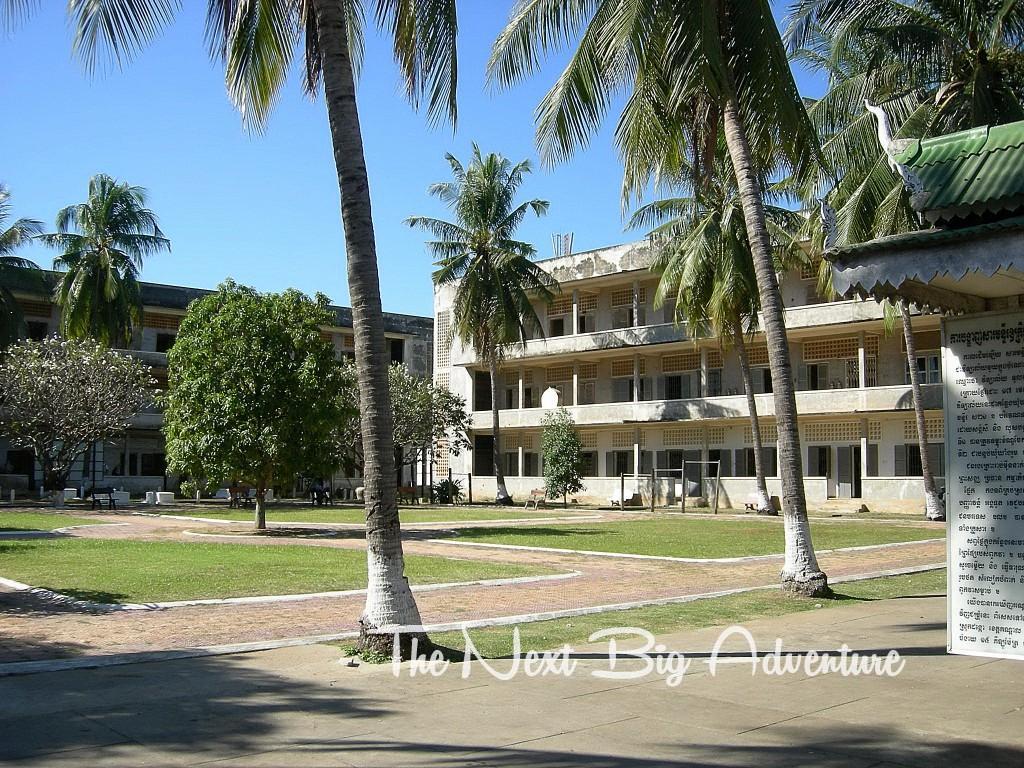

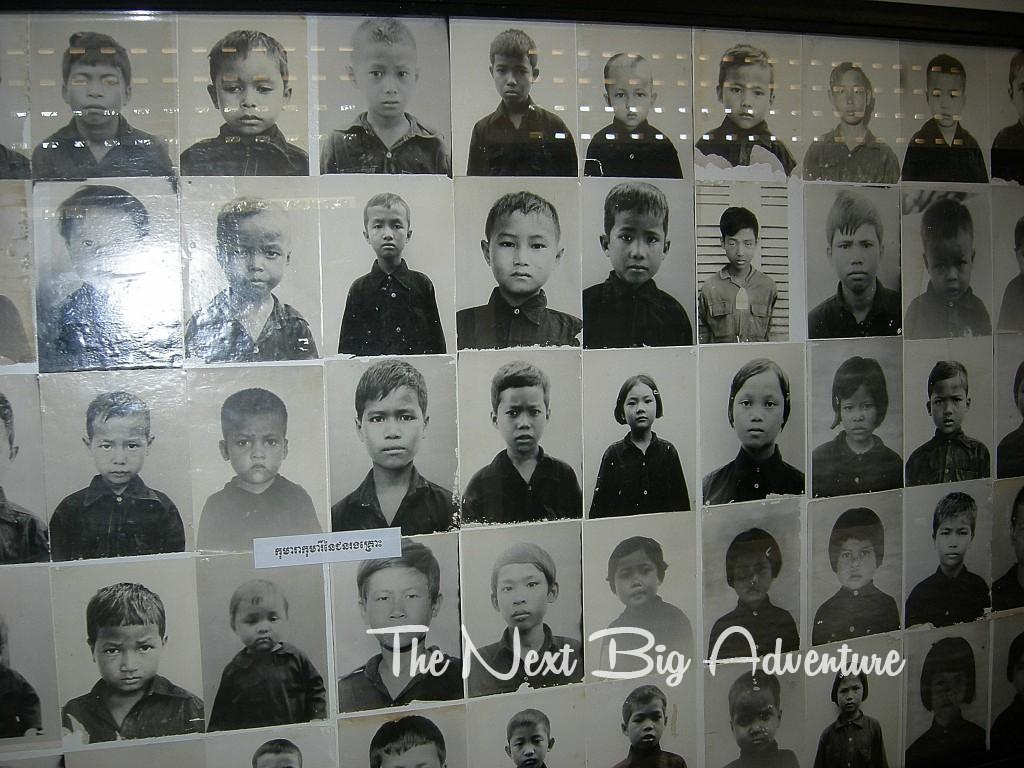




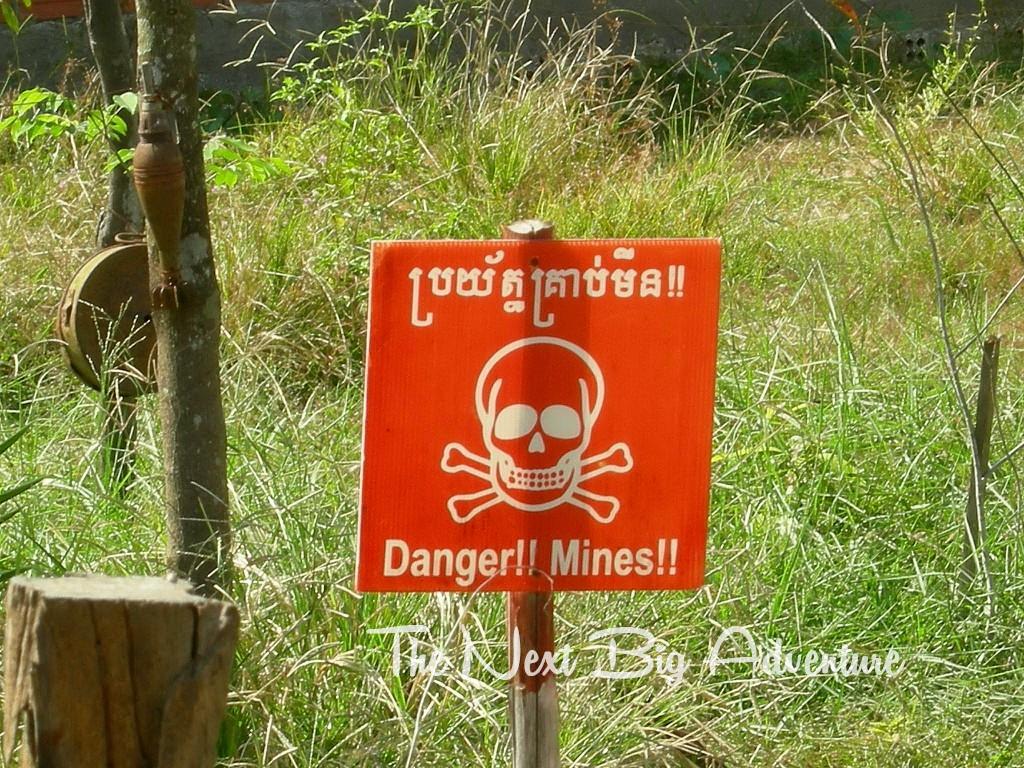
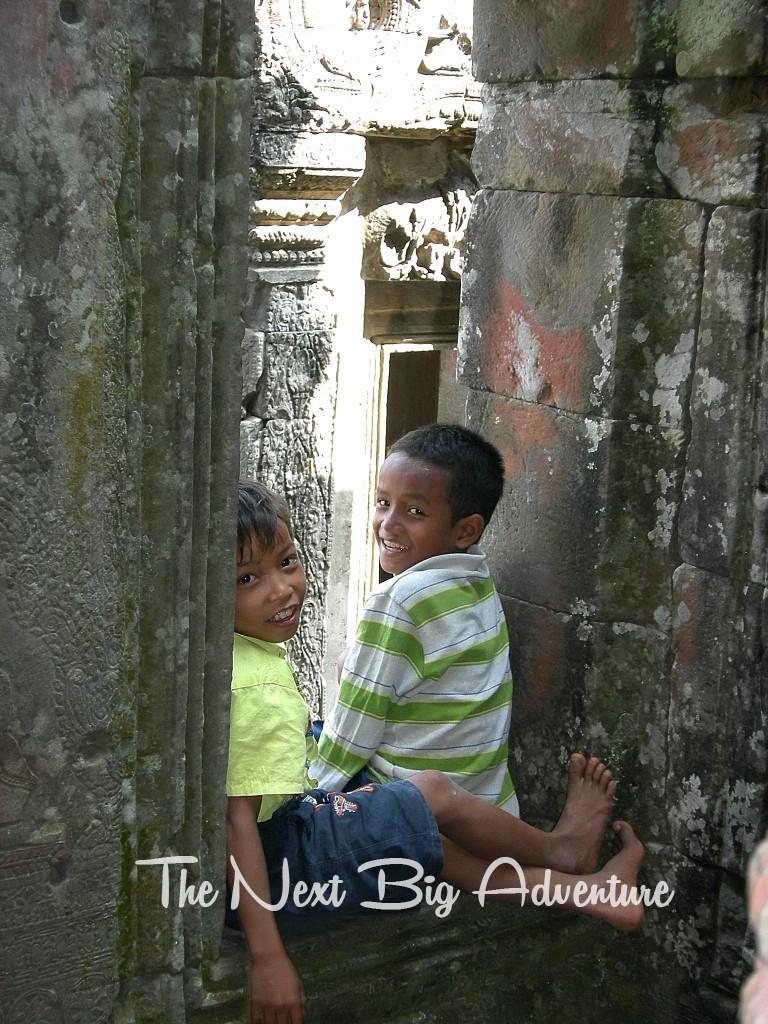
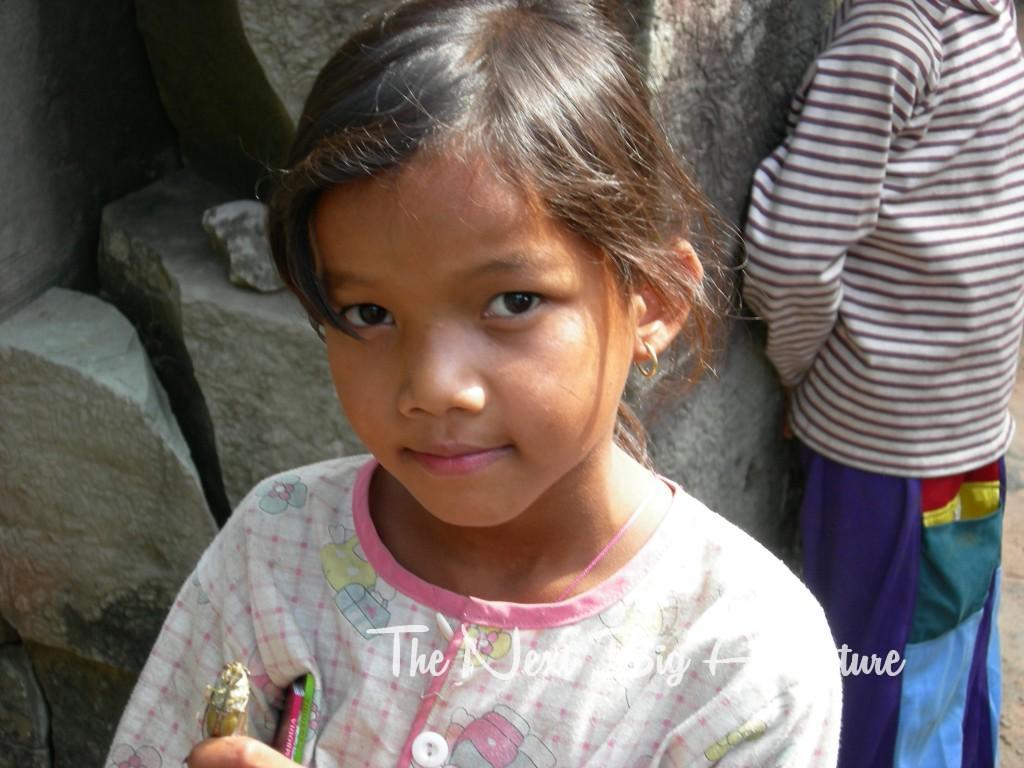
Your photos of the children are gorgeous. Such a hideous history, and yet, some of the most friendly, peaceful people I have ever met. Have you read “First, They Killed my Father” by Loung Ung? Incredibly sad, but also a testament to what people can overcome, and therefore incredibly inspiring. Thank you!
Hi Sarah….yes, we had such an amazing time with the kids and while we found most of them shy in the beginning once they opened up they all had the most beautiful smiles!